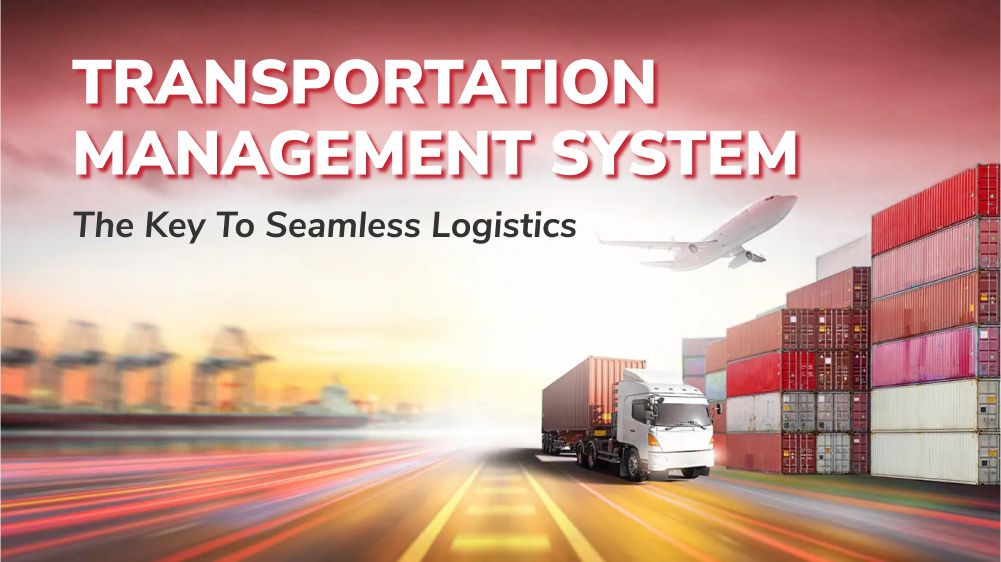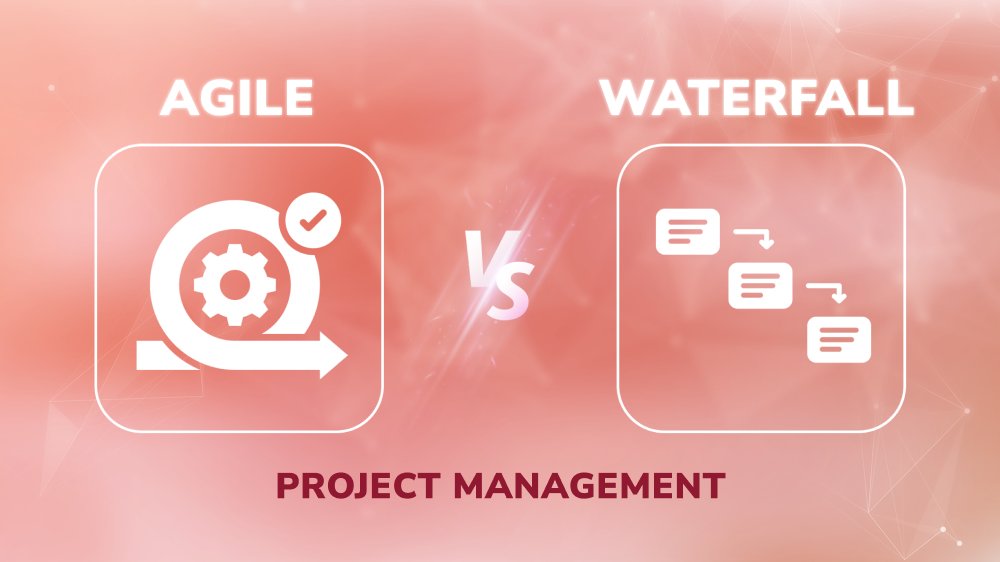IT Project Transition Plan for Outsourcing: A Guide to Successful Transition

Content Map
More chaptersIn the ever-evolving landscape of the IT industry, outsourcing has become a strategic choice for businesses seeking to leverage specialized expertise and optimize their operations. However, transitioning IT projects from one service provider to another can pose significant challenges, leaving companies in search of a new partner feeling deceived or misled by empty promises.
Recognizing the weight of this responsibility, Orient Software, a reputable outsourcing software development company with full services, understands the critical role of a successful transition process when switching vendors. In this article, we will discover the importance of a robust IT project transition plan in optimizing outsourcing services. Drawing from our experience partnering with several clients over the years, we aim to equip you with insights and solutions to navigate potential challenges when transitioning to a new IT service provider. By seizing the advantage through effective project transition planning, businesses can unlock the true potential of outsourcing and pave the way for success.
Understanding IT Project Transition Plan in Outsourcing
An IT Project Transition Plan is a comprehensive document that outlines the processes, activities, and timelines involved in transferring the responsibility of an IT project from one entity to another. It serves as a roadmap for a smooth and successful transition, ensuring that all parties involved have a clear understanding of their responsibilities, roles, and objectives.
In the context of outsourcing, an IT project transition plan specifically focuses on the transfer of project management and ownership from the client organization to the outsourcing service provider. It encompasses the entire handover process, from the initial preparation and planning stages to the final acceptance and stabilization of the project within the outsourcing partner’s environment.
The IT project transition plan in outsourcing is designed to address the unique challenges and considerations associated with transferring projects to an external service provider. It takes into account factors such as communication channels, knowledge transfer, documentation, transition team collaboration, training, risk mitigation, and performance metrics. The plan aims to ensure a seamless transition that minimizes disruptions, maintains project continuity, and enables a successful outsourcing partnership, as well as effectively taking over the project’s execution and delivery.
Potential Challenges in an IT Project Transition
Transitioning to a new vendor in the IT industry can be a tactical step towards scaling business operations, yet it is not devoid of challenges. Implementing an IT project transition plan requires careful consideration of various factors to ensure a seamless process. Let’s explore some of the key challenges that organizations may face during this transition.
Contractual Obligations with a Previous Vendor
When considering a switch in vendors, businesses often have contractual obligations with their existing vendors. These obligations can include early termination fees, penalties, or other contractual constraints that make the transition complex and costly. In order to overcome this challenge, it is crucial for businesses to review their contracts, negotiate with the previous vendor if necessary, and fully understand the terms of the new vendor’s agreement. By addressing contractual obligations proactively, organizations can minimize unexpected costs and legal issues.
Data Migration and Integration
One of the major challenges in transitioning to a new vendor is the transfer of data and the integration of new systems. Ensuring a smooth and secure migration of data while ensuring compatibility with existing systems can be time-consuming and resource-intensive. To overcome this challenge, organizations should collaborate closely with the new vendor to develop a comprehensive migration plan. Thorough testing and allocation of sufficient resources are essential to minimize disruptions and ensure successful data transfer and system integration.
Service Disruption
Switching vendors can potentially lead to temporary service disruptions, which can have a significant impact on business operations and customer satisfaction. The announcement of terminating cooperation may cause the previous vendor to shift development resources or demotivate their developers. To mitigate the risk of service interruptions, organizations should work closely with the new vendor to develop a detailed transition plan. This plan should include contingency measures to address any potential hurdles that may arise during the transition. Additionally, proactive communication with customers about the vendor switch and any potential service disruptions is crucial to manage expectations and maintain customer satisfaction.
Benefits of an Effective IT Project Transition Plan
An effective IT project transition plan offers numerous benefits for organizations when transferring responsibilities from one entity to another. By implementing a well-thought-out transition plan, companies can experience the following advantages.
Smooth knowledge transfer and handover of responsibilities: A structured transition plan ensures a smooth transfer of knowledge and responsibilities between the client and the outsourcing provider. It facilitates the documentation and sharing of critical project information, including processes, procedures, and best practices. By effectively transferring knowledge, the new team can quickly understand the project requirements, reducing the learning curve and ensuring continuity in project execution.
Minimization of disruptions and downtime during the transition phase: By carefully coordinating activities, tasks, and timelines, the plan ensures a seamless handover of responsibilities, avoiding any gaps in project execution. This reduces potential delays and ensures that business operations continue smoothly throughout the transition, minimizing any negative impact on productivity.
Alignment of expectations and goals between the client and the outsourcing provider: It includes clear communication channels, regular progress updates, and defined milestones. This alignment fosters a shared understanding of project objectives, deliverables, and timelines, promoting a collaborative partnership between both parties and increasing the chances of project success.
Streamlined communication and collaboration processes: It defines roles, responsibilities, and communication channels for all stakeholders involved in the transition. By setting clear guidelines and expectations, the plan enables efficient information exchange, facilitates prompt issue resolution, and promotes effective decision-making. This streamlined communication enhances teamwork and ensures that everyone is working towards a common goal.
Mitigation of risks and resolution of potential issues: A comprehensive transition plan proactively addresses risks and potential issues that may arise during the transition. It includes risk assessment, contingency planning, and mitigation strategies. By identifying and addressing potential challenges beforehand, the plan minimizes the impact of risks and enables prompt resolution of issues. This proactive approach helps maintain project momentum, reduces the likelihood of major setbacks, and ensures a successful transition.
An IT Project Transition Plan Checklist for Successful Migration

Transitioning IT projects to an outsourcing provider requires careful planning and execution. For businesses to ensure a successful transition, it is essential to have a well-structured IT project transition plan in place. The following project transition checklist outlines key components that should be taken into account when creating an effective transition plan.
Comprehensive Project Documentation and Knowledge Transfer Strategies
- Document all project-related information: Compile comprehensive project documentation, including requirements, project specifications, design documents, and any other relevant materials. This documentation will act as a reference for the outsourcing team.
- Develop knowledge transfer strategies: Determine the most effective methods for transferring project-specific knowledge to an outsourcing project team. This may involve conducting training sessions, creating knowledge repositories, or assigning subject matter experts to provide guidance and support during the transition.
Clearly Defined Roles, Responsibilities, and Communication Channels
- Define roles and responsibilities: Clearly define the roles and responsibilities of team members involved in the software development transition plan, both within the client’s organization and the outsourcing provider. This ensures accountability and clarity throughout the process.
- Establish communication channels: Determine the communication channels and protocols that will be used to facilitate effective collaboration between the outsourcing team and the client. Regular meetings, progress updates, and designated points of contact will help ensure seamless communication.
Transition Timeline and Milestones for Tracking Progress
- Develop a transition timeline: Create a detailed timeline that outlines the sequence of activities and milestones for the transition. This timeline should include key tasks, deadlines, and dependencies to ensure a smooth and timely transition.
- Track progress against milestones: Continuously monitor progress against the established milestones to assess the transition’s overall progress. This allows for early identification of any delays or issues that may arise and enables timely adjustments to keep the transition on track.
Risk Assessment and Contingency Planning
- Identify potential risks: Conduct a thorough risk assessment to identify potential risks that may impact the development and implementation phase of the project. Consider technical, operational, and organizational risks that could hinder project success.
- Develop contingency plans: Create contingency plans and mitigation strategies to address identified risks. These plans should outline alternative approaches and actions to minimize the impact of potential disruptions on the project transition.
Training and Support for the Outsourcing Team During the Transition
- Provide comprehensive training: Offer training sessions to the outsourcing team, focusing on project-specific technologies, all the tools, processes, and any unique aspects of the project. This ensures that the team has the necessary skills and knowledge to successfully take over the project.
- Offer ongoing support: Provide continuous support and guidance to the outsourcing team throughout the transition. Address any concerns, questions, or challenges that may arise, offering timely assistance to ensure a smooth transition.
By following this IT service transition checklist, you can create a solid foundation for a successful IT project transition. Each element addresses a critical aspect of the transition process, from documentation and knowledge transfer to communication, risk management, and support. With a well-executed project transition plan template, you can minimize disruptions, ensure a seamless handover, and set the stage for a productive and successful outsourcing partnership.
While it’s natural to have concerns when transitioning between vendors, the process can be remarkably smooth if you are aware of the correct steps to follow. At Orient Software, we have a well-defined migration process in place, ensuring a seamless transition. By adhering to these essential steps, we can assist you in seamlessly switching to a new IT development process with minimal disruption to your project.
Partnering with Orient Software, we are dedicated to making your transition as effortless as possible. Feel free to reach out to us for any additional inquiries or concerns.







